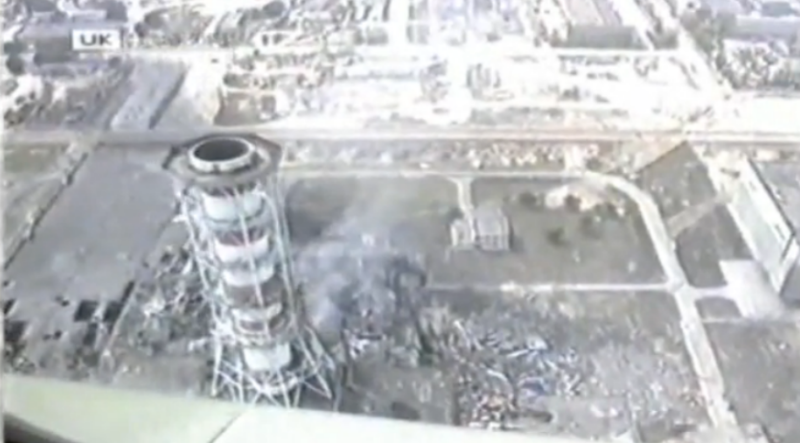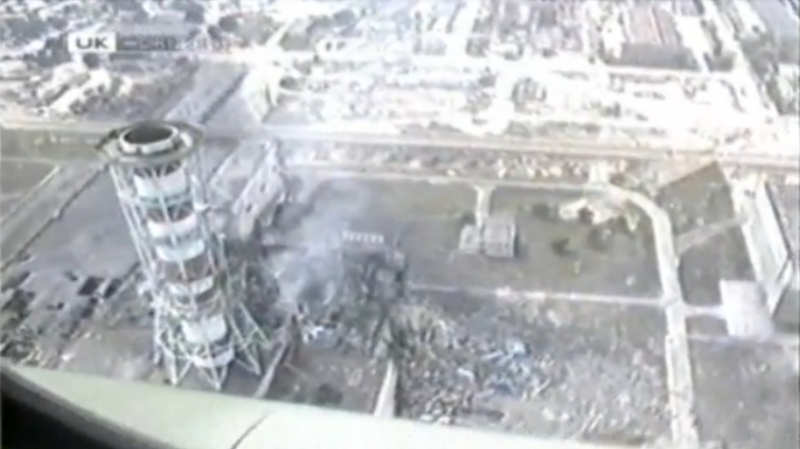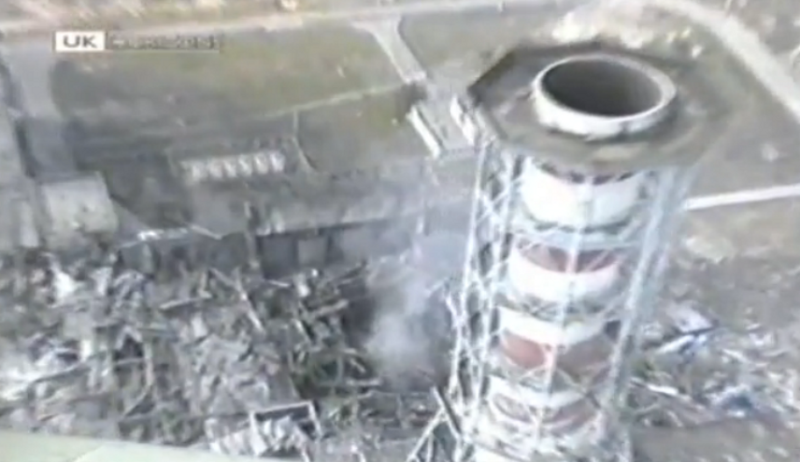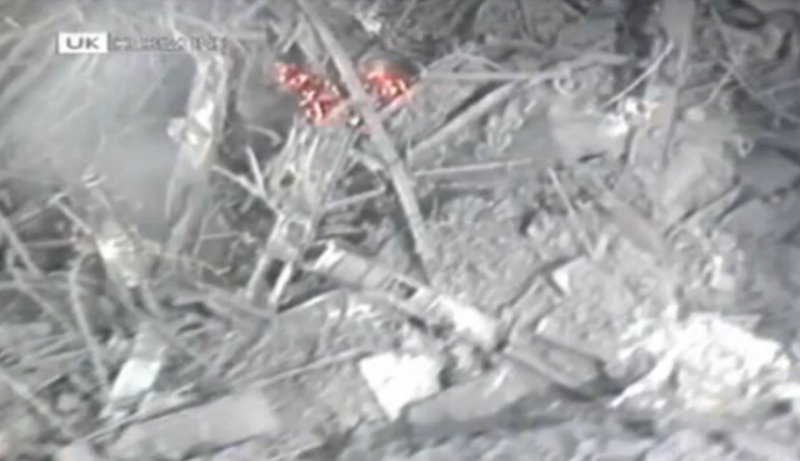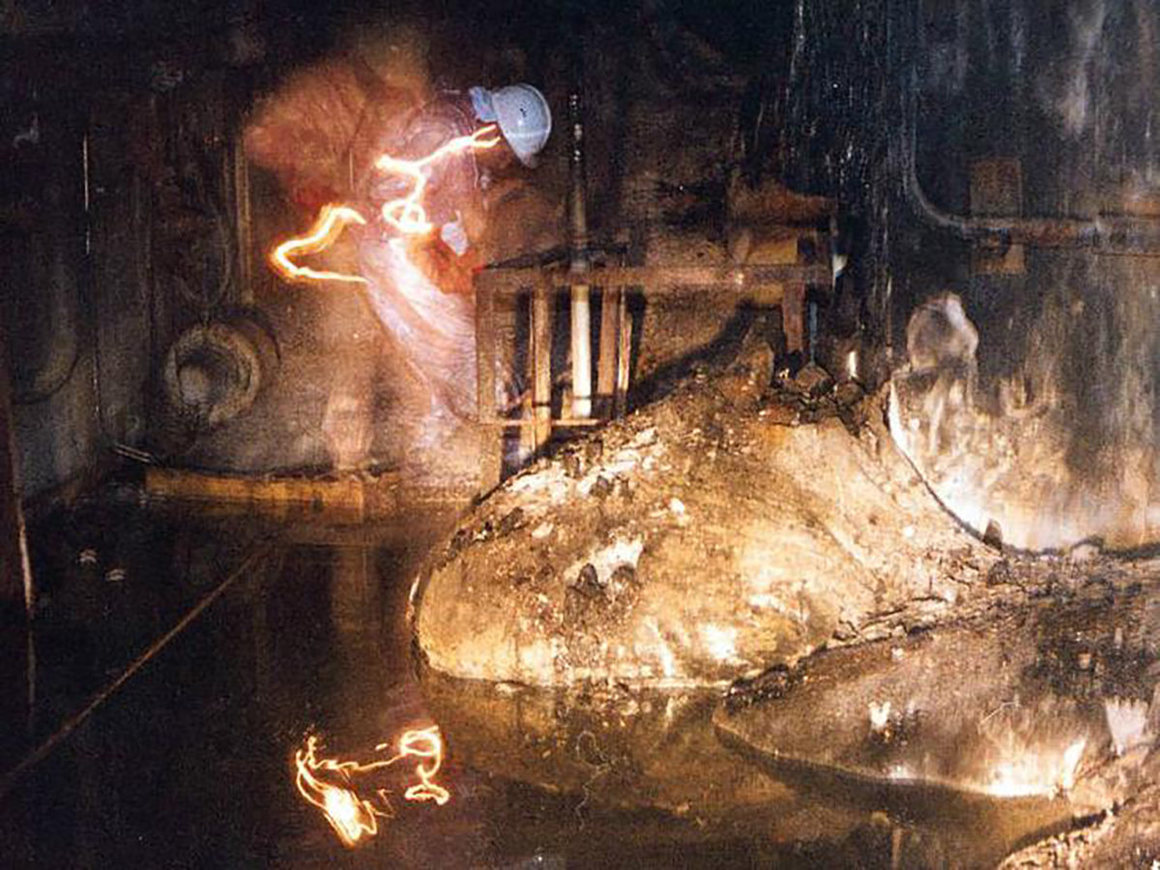|
|
|||||||||||||
|
Were Did the Nuclear Fuel Go?
NOVA - Inside Chernobyl's Sarcophagus Uploaded by Jimdangello on Jul 30, 2009 "This episode won an Emmy. It covers the sarcophagus built to contain the remains of the destroyed reactor and the work of the Russian scientists, staff and soldiers who risked and continue to risk their lives in the clean-up operation. This file was digitized from a VHS recording of the program. The picture quality is fair, however, the sound track has some occasional static, especially towards the beginning. I think this is the 1996 updated version of the original 1991 program and includes an extra 10 minutes of interviews with several of the original scientists. It is shorter than the 60 minutes described on the BBC website and may have been edited." SOURCE: Inside Chernobyl's Sarcophagus 26/04/1986 ..
..
..
..
..
..
..
|
|||||||||||||
Related Links:
|
|||||||||||||
|
..
..
..
..
..
..
..
..
..
A..
|
|||||||||||||
|
..
..
..
..
..
..
|
|||||||||||||
|
YOUTUBE
LINK
Published on Jan 18, 2013 Excellent BBC docudrama
with Adrian Edmondson at his finest. Maybe there
are some gaps in the timeline and a little
technical sensationalism but that being said,
very good overall for one hour. I was skeptical
that Ade would be a good match for Valeri
Legasov, but he is simply the best role I've
ever seen him in.
|
|||||||||||||
|
The Chernobyl Disaster: How It Happened
Radio Free Europe/Radio Liberty Published on Apr 25, 2016 On April 26, 1986, a routine safety test at the Chernobyl nuclear power plant in Ukraine spiraled out of control. Follow the dramatic events that led to the world's worst civilian nuclear disaster. (RFE/RL's Denis Artamonov, Stuart Greer) |
|||||||||||||
(Photo: US Department of Energy) But
there’s something undeniably eerie about the scene, for good reason.
You’re looking at the largest agglomeration of one of the most toxic
substances ever created: corium.
In the days and weeks after the Chernobyl nuclear disaster in late April 1986, simply being in the same room as this particular pile of radioactive material—known as the Elephant’s Foot—would have killed you within a couple of minutes. Even a decade later, when this image was taken, the radiation probably caused the film to develop strangely, creating the photo’s grainy quality. The man in this photo, Artur Korneyev, has likely visited this area more than anyone else, and in doing so has been exposed to more radiation than almost anyone in history. Remarkably, he’s probably still alive. The story of how the United States got a hold of this singular photo of a human in the presence of this incredibly toxic material is itself fraught with mystery—almost as much as why someone would take what is essentially a selfie with a hunk of molten radiated lava. SOURCE: The Famous Photo of Chernobyl’s Most Dangerous Radioactive Material Was a Selfie |
|||||||||||||
| FAIR USE NOTICE: This page contains copyrighted material the use of which has not been specifically authorized by the copyright owner. Pegasus Research Consortium distributes this material without profit to those who have expressed a prior interest in receiving the included information for research and educational purposes. We believe this constitutes a fair use of any such copyrighted material as provided for in 17 U.S.C § 107. If you wish to use copyrighted material from this site for purposes of your own that go beyond fair use, you must obtain permission from the copyright owner. | |||||||||||||
|
|























